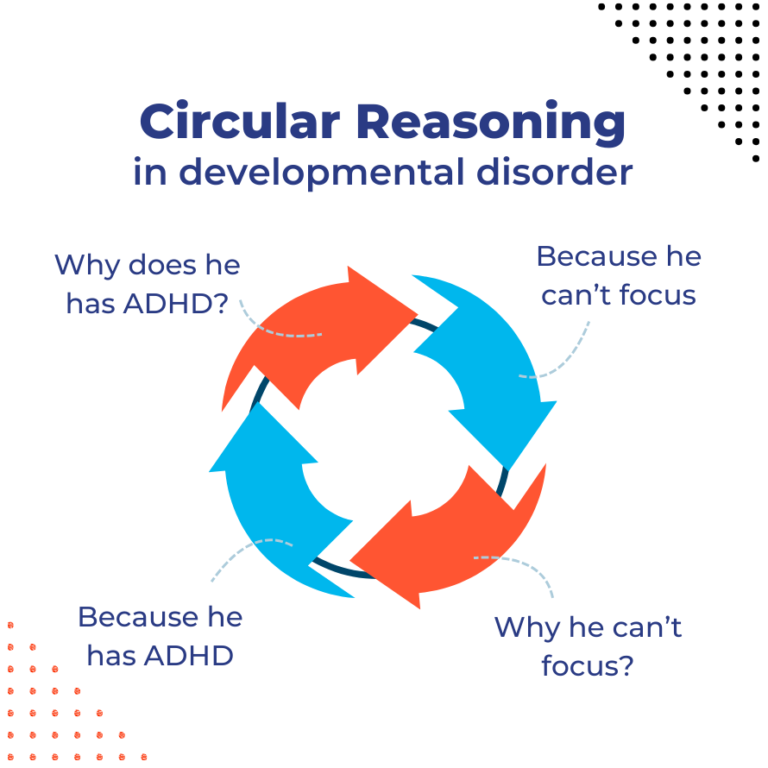Does My Child Have Sensory Processing Disorder?
If your child exhibits one or more of the following behaviors, you might wonder if they have Sensory Processing Disorder (SPD):
- Aversion to Certain Textures: Discomfort with fabrics, clothing tags, or messy materials like sand or paint.
- Overreaction to Loud Noises: Fear or distress triggered by sounds such as vacuum cleaners, sirens, or hand dryers.
- Craving Intense Sensory Input: Seeking activities like spinning, jumping, or crashing into objects for stimulation.
- Food Selectivity: Strong likes or dislikes based on the texture, smell, or appearance of food.
SPD is a term often used by occupational therapists to describe children who struggle with sensory-related challenges.
The Problem with SPD
Despite its widespread use, Sensory Processing Disorder is not recognized as a formal diagnosis in the DSM-5 (Diagnostic and Statistical Manual of Mental Disorders) or the ICD-11 (International Classification of Diseases). These manuals are the gold standard for diagnosing developmental and mental health disorders.
Why wasn’t SPD included?
SPD has been criticized for its lack of specificity. The symptoms associated with SPD are not exclusive to this condition. They are seen in other diagnoses, such as Autism, ADHD, and Anxiety Disorders, and even in typically developing children.
For example:
Hypersensitivity to textures is common in many young children, and it is a common characteristic in children diagnosed with autism.
Craving sensory input, such as spinning or jumping, can occur in children with low socialization or language skills.
Food selectivity might result from anxiety, environmental factors, or limited exposure rather than a neurological sensory processing disorder.
By categorizing the child’s difficulty as SPD, there’s a risk of missing broader contributing factors. For instance, labeling food selectivity as SPD might obscure other causes, such as:
- Anxiety about eating, stemming from social or sensory triggers.
- Parent-child interaction patterns during meals.
- Learned habits like avoidance due to past discomfort.
Diagnosing SPD, by assuming the problem is caused by a ‘sensory processing dysfunction’, narrows the focus and prevent a comprehensive understanding of the child’s needs.
Is Sensory Integration Therapy Effective?
Even though SPD is not a formal diagnosis, many children benefit from sensory integration therapy. This approach has been developed by occupational therapists to address the sensory challenges commonly associated with SPD.
Often Sensory Integration is based on very senseful and effective treatment techniques such as gradual exposure, desensitization, and habituation.
Occupational therapists are typically skilled in implementing these and other techniques.
Does My Child Need Sensory Integration Therapy?
If your child struggles with sensory challenges, sensory integration therapy may be a helpful tool to improve their daily functioning. However, it’s vital not to view these difficulties solely through the lens of sensory processing.
A comprehensive evaluation is key. If your child shows additional concerns, such as language delays or limited play and social skills, other therapies – such as speech and behavioral interventions – should be prioritized as early as possible.





